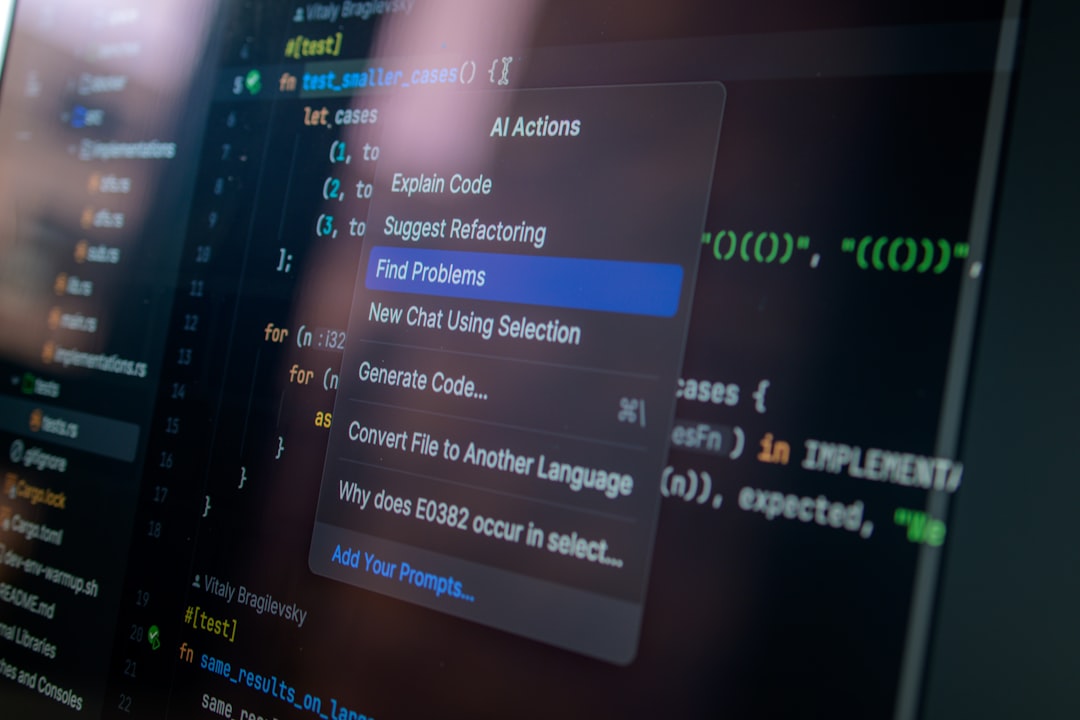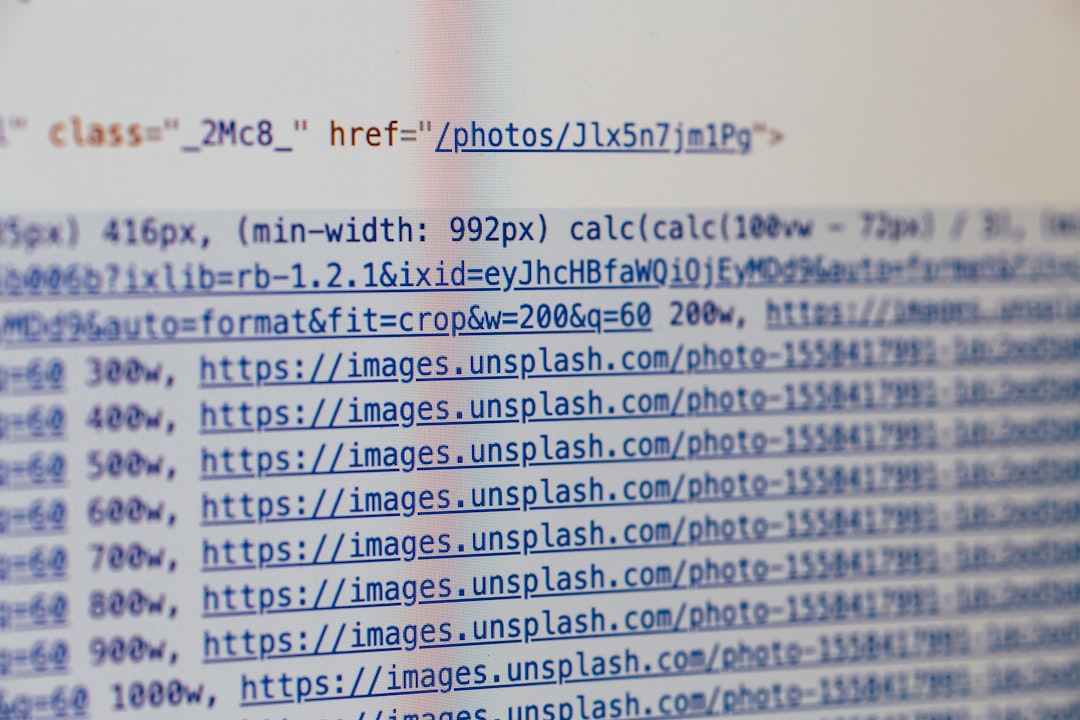It started as a normal day running a WooCommerce store. New orders were flowing in, customers browsing products, everything looked good. Then suddenly — disaster struck. The checkout page broke. Instead of closing sales, visitors were greeted with the dreaded “500 Internal Server Error”.
TLDR: Bluehost-hosted WooCommerce sites sometimes throw a 500 Internal Server Error when PHP runs into trouble — especially on resource-hungry actions like checking out. In many cases, it has to do with either the .htaccess file or not enough server resources allocated to PHP. But don’t worry! We’ll show you how tweaking your .htaccess file and updating your resource limits can bring your checkout back to life.
What Is a 500 Internal Server Error?
The 500 Internal Server Error is like the web’s version of, “Something went wrong, but we’re not telling you what.” It means the server hit a snag but won’t say which one. It’s vague, frustrating, and usually indicates something went wrong in your website’s back-end code.
When this happens on WooCommerce checkout pages, it’s extra frustrating. People are literally trying to give you money, but your site’s backend throws a tantrum instead.
Why Does It Happen with WooCommerce and Bluehost?
WooCommerce is powerful, but it’s not lightweight. Checking out involves:
- Session management
- Shipping calculations
- Coupon validation
- Payment gateway handshakes
All that takes server power. Especially CPU and memory.
Unfortunately, Bluehost’s shared hosting plans often come with limited server resources. If your store gets busy, or installs a heavy plugin, or even processes a discount coupon, your server may throw its hands in the air and respond with a 500 error.
There’s also the .htaccess file — a small but mighty file that handles server configuration directives. A single wrong rule in here can halt your entire site. On the flip side, optimized settings in this file can speed up and secure your site!
What Does It Look Like for Customers?
Imagine this: Your customer clicks “Checkout.” They expect to fill in their details, enter a card number, and get a confirmation screen. But instead, they see a blank, white screen — or an error like this:
500 Internal Server Error The server encountered an internal error or misconfiguration and was unable to complete your request.
Not only does this frustrate the customer, but you lose the sale. Ouch.

First Step: Check the Error Logs
Before doing anything, check if Bluehost’s server error logs provide a clue.
Steps:
- Go to your Bluehost dashboard
- Click on “Advanced”
- Open the “Errors” log under the Metrics section
If you see something like “Allowed memory size exhausted” or “Fatal error on line XX in plugin XYZ” — congrats! You’ve officially found the root cause.
Fix #1: Optimize Your .htaccess File
Your .htaccess file sits in the root folder of your WordPress site. It controls how the server behaves for that site: redirects, compression, memory limits, and more.
Here’s a default WordPress .htaccess file (for reference):
# BEGIN WordPress
<IfModule mod_rewrite.c>
RewriteEngine On
RewriteBase /
RewriteRule ^index\.php$ - [L]
RewriteCond %{REQUEST_FILENAME} !-f
RewriteCond %{REQUEST_FILENAME} !-d
RewriteRule . /index.php [L]
</IfModule>
# END WordPress
To help WooCommerce run smoother, you can add performance and resource settings right into that file:
php_value max_execution_time 300 php_value memory_limit 256M php_value upload_max_filesize 64M php_value post_max_size 64M
Note: If your server blocks php_value, you’ll get a 500 error at all times after adding those lines. If that happens, remove them and use the next fix instead.
Fix #2: Tweak PHP Settings via cPanel
If the above steps didn’t work, or your host doesn’t allow .htaccess overrides, try Bluehost’s MultiPHP Manager:
- Log into Bluehost
- Scroll to “Software”
- Click “MultiPHP INI Editor”
- Choose your domain
- Adjust these settings:
- memory_limit: Set to 256M or higher
- max_execution_time: Set to 300
- post_max_size: at least 64M
- upload_max_filesize: at least 64M
Save your changes. Reload your WooCommerce checkout page. It should now work smoothly!

Optional: Disable Plugins to Isolate Conflict
If the checkout page still shows a 500 error, try disabling plugins — especially recent additions or updates.
Plugins related to:
- Caching
- Security
- Custom checkout flows
…are often the culprits.
Disable plugins one-by-one by renaming their folder in /wp-content/plugins/ using an FTP client or Bluehost File Manager.
Once you find the conflicting plugin, you can either look for an update, contact the developer, or find an alternative.
Double-Check WooCommerce Status
WooCommerce has a built-in system status report that helps diagnose issues. You can find it here:
- Go to WordPress Admin
- Click “WooCommerce” → “Status”
Look for:
- Red or yellow flags under PHP Version and Server Environment
- Template overrides that may break checkout functionality
- Critical warnings at the top of the page
This page gives you a quick health check of your WooCommerce site. Use it often!
When to Call Bluehost Support
If all else fails, don’t be afraid to call in the pros. Bluehost has 24/7 chat and phone support (though WordPress-specific help is limited).
Give them:
- Exact time the issue started
- Error messages or log entries
- What you tried already (like raising PHP limits)
They can help check server errors, permissions, and sometimes increase your memory limits manually if you’re near the ceiling allowed on your plan.

Final Thoughts
Don’t let a 500 Internal Server Error send you into panic mode. Most of the time, it’s fixable in under an hour — especially if it’s caused by WooCommerce resource usage and hosting limitations.
With a little debugging, some .htaccess or cPanel work, and maybe a plugin shuffle, your checkout will be back on track and making money while you sleep.
Quick Recap:
- 500 errors can happen due to exhausted resources or bad .htaccess rules.
- Boost PHP limits to handle WooCommerce’s demands.
- Use Bluehost’s INI Editor or edit .htaccess directly.
- Check error logs and WooCommerce status for clues.
With these tactics, you can keep your WooCommerce shop stress-free even on shared hosting. Happy checkout fixing!
